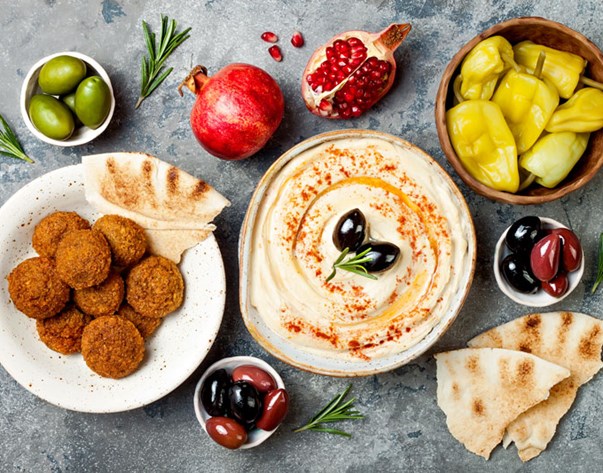Introduction: The Rich Heritage of Laotian Cuisine
Laotian cuisine is a blend of flavors and influences from its neighboring countries, such as Thailand, Vietnam, and China. However, Laotian cuisine has its unique taste, which makes it a standout among Southeast Asian cuisines. The rich heritage of Laotian cuisine is deeply rooted in the country’s history and culture. Laotian cuisine is characterized by its simplicity and the use of fresh ingredients, herbs, and spices, making it one of the healthiest cuisines in the world.
Tracing the Roots of Laotian Cuisine
Laotian cuisine has a long history that dates back to the 14th century when the Kingdom of Lan Xang was established. The kingdom was situated in the Mekong River Valley, which provided fertile soil for agriculture. As a result, the cuisine of the kingdom was heavily influenced by agriculture and the availability of fresh produce. Additionally, the kingdom’s location on the trading route between China and India allowed for the exchange of culinary techniques and ingredients.
Historical Sites and their Influence on Laotian Cuisine
Laos is home to many historical sites that have influenced Laotian cuisine. One of the most notable historical sites is the ancient capital of Luang Prabang, which was once the center of the Lan Xang Kingdom. The city’s culinary traditions are still evident in Laotian cuisine, with dishes such as laap, a minced meat salad, and tam mak hoong, a spicy green papaya salad, being popular in the region. The UNESCO World Heritage Site of Wat Phou, an ancient temple complex in southern Laos, is another historical site that has influenced Laotian cuisine. The temple complex was built during the Khmer Empire, and its architecture and cultural significance have influenced the cuisine of the region.
Ancient Civilizations and the Ingredients they Introduced
Laotian cuisine has been influenced by ancient civilizations such as the Khmer Empire and the Chinese. The Khmer Empire brought with them ingredients such as rice, fish, and spices, which have become staples in Laotian cuisine. The Chinese introduced ingredients such as soy sauce, tofu, and noodles, which have also become integrated into Laotian cuisine. These ingredients have been adapted to suit Laotian tastes and have become essential components in traditional Laotian dishes.
Traditional Laotian Dishes: A Blend of Influences
Laotian cuisine is a blend of influences from historical sites and ancient civilizations. Traditional Laotian dishes often use fresh herbs and spices such as lemongrass, galangal, and kaffir lime leaves. The use of fish sauce, which is similar to the Thai version, is also prevalent in Laotian cuisine. Dishes such as laap, tam mak hoong, and kaipen, a dish made from river weed, are examples of traditional Laotian cuisine that have been influenced by historical sites and ancient civilizations.
Conclusion: Embracing the Cultural Significance of Laotian Cuisine
Laotian cuisine is a testament to the country’s rich culture and history. The influences from historical sites and ancient civilizations have resulted in a unique and flavorful cuisine. Laotian cuisine’s use of fresh ingredients and simplicity has made it one of the healthiest cuisines in the world. Embracing the cultural significance of Laotian cuisine is a way to celebrate the country’s heritage and experience its unique flavors.



